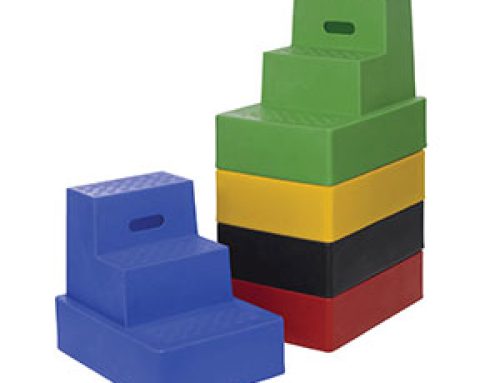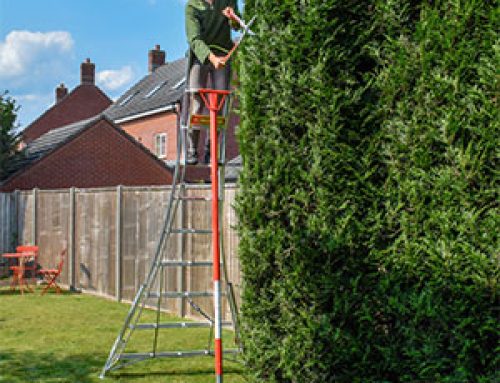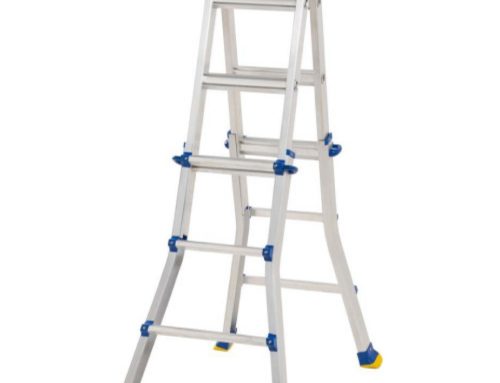If you’ve ever wondered what happens when someone has a medical incident while up a ladder, the answer is generally that they fall off. Having a stroke, heart attack or other life-threatening emergency at height makes the situation many times worse than it already is, similar to how experiencing any of these emergencies while behind the wheel would amplify the severity of the situation.
Happily, in an incident in Devon, the person suffering the emergency was up scaffolding at the time, and was actually rescued via ladder. Initially, paramedics attended the scene but realised that while they might be able to climb up to treat their patient, they would need assistance in getting him down from the second stage of the scaffold, around 30 feet in the air. The Devon Fire and Rescue crew came out with an aerial ladder platform, which enabled the paramedics to continue treating the man as they came back down to the ground. He was then taken to the Royal Devon and Exeter Hospital in a conventional ambulance.
Although we don’t know the exact nature of the medical incident, it is likely to be a heart attack or something similarly incapacitating that would render the patient unable to climb back down the access ladders on the scaffolding. A broken bone could also create a similar problem if the break happened on a scaffold staging – you can’t use a ladder with a broken leg, and you’d struggle with a broken arm, potentially incurring further injury in the process.
These sorts of incidents are thankfully very rare – it’s the first time we have heard of this happening in over a decade – but that doesn’t mean we shouldn’t be aware of the risks. If you’re feeling light headed, or have chest pains, get checked out and don’t climb ladders or scaffolding until you have got the all clear.
If you work at height in another capacity, such as tree surgery or in construction on high-rise blocks, the same advice applies. You should also familiarise yourself with the safety procedures for enacting a medical rescue or recovery at height. A risk assessment of tree surgery jobs (including location, scope and the proximity to major hospitals) should tell you whether you need to have an aerial rescue trained person on site.
It is always advisable to know how to safely get someone down from height and as a business owner your liability insurance may be cheaper if members of your team are trained to recover colleagues in an emergency. This is a specialist situation, and ladder or scaffolding users should rely on the equipment and help from the fire brigade, who are themselves trained in rescue from height (whether there’s a fire involved or not). Never try to replicate the actions of a fire fighter; carrying someone safely down a ladder requires skill and training, and attempting to do so without this could put your life at risk as well as that of the person you’re trying to help.
Hopefully you won’t ever need to be rescued from height in any situation, but if you do, call the professionals and let them do their job. You can help by ensuring you’re fit and well to do the task at hand, and by not putting yourself in danger unnecessarily.






Leave A Comment
You must be logged in to post a comment.